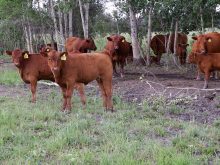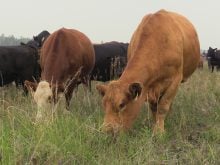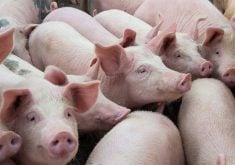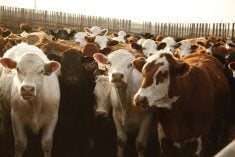Researchers will soon be able to peer inside the black box that is the pig’s genetic code, says Andy Robinson, chair of the University of Guelph’s animal science department.
Scientists from around the world gathered in England Nov. 2 to announce that the genome of a red-haired Duroc pig at the University of Illinois has been 98 percent sequenced.
“This is a great day for the pig research community,” said Alan Archibald of the Roslin Institute in Edinburgh, Scotland.
Read Also
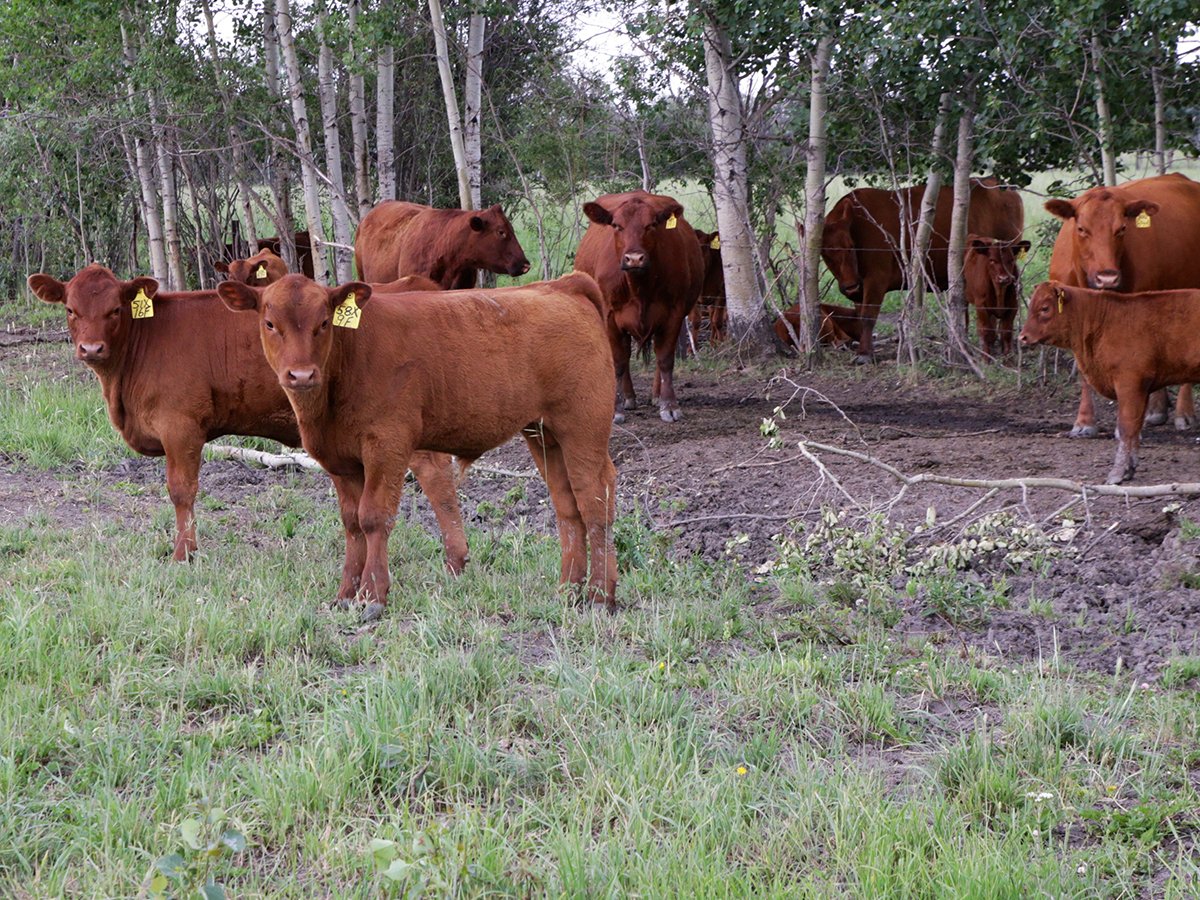
Feeder market continues the climb
For the week ending Aug. 30, Western Canadian feeder cattle markets traded $4-8 per hundredweight higher on average.
“When we launched the international pig gene mapping project almost 20 years ago, few if any of us thought a pig genome sequence was attainable or affordable.”
Robinson said it is a great day for researchers because the pig genome will be public information rather than privately held.
“If you’re working on some specific gene and you want to know where it fits in the genome … you very quickly go to this database as a resource,” said Robinson, who specializes in swine genetic improvement.
He said breeding for leaner pigs is a good example of how the genome mapping project can produce results. In the past, scientists would rely on observation and knowledge of breeds.
“By combining the pedigree information along with which (pigs) were leaner and which ones were fatter, we could assess which ones had the better version of the whole black box,” he said, referring to the pigs’ genetics.
“But we couldn’t look inside the black box and say specifically which of the pieces were better.”
Combine information
Scientists can now use the traditional breeding techniques of observable character traits and pedigree and combine that information with specific landmarks on the genome.
“So it makes things more efficient and means we can advance the breeding stock, genetically, more quickly,” Robinson said.
He said mapping a genome is similar to figuring out how letters of the alphabet are arranged.
“What the genome sequence means is that they’ve got all the As, Gs, Cs and Ts figured out. That’s the genomic alphabet,” he said.
“With various arrangements of those four bases, it creates genes.”
Peering into the arrangement of letters allows researchers to see how changing genes affects nearby letters on the DNA chain.
“So, for example, there’s a lot of interest in finding regions in the genome that influence economically important traits like growth.”
He said nearby genes could be affected when changes are made to the growth genes.
“For example, if you find something connected to growth and you select for one particular variant … to get enhanced growth, is there something nearby that could cause you problems?”
The pig genome project cost $24 million US and was a collaboration between universities and institutes in Scotland, England, Illinois, North Carolina, Japan, South Korea, Holland and France.



